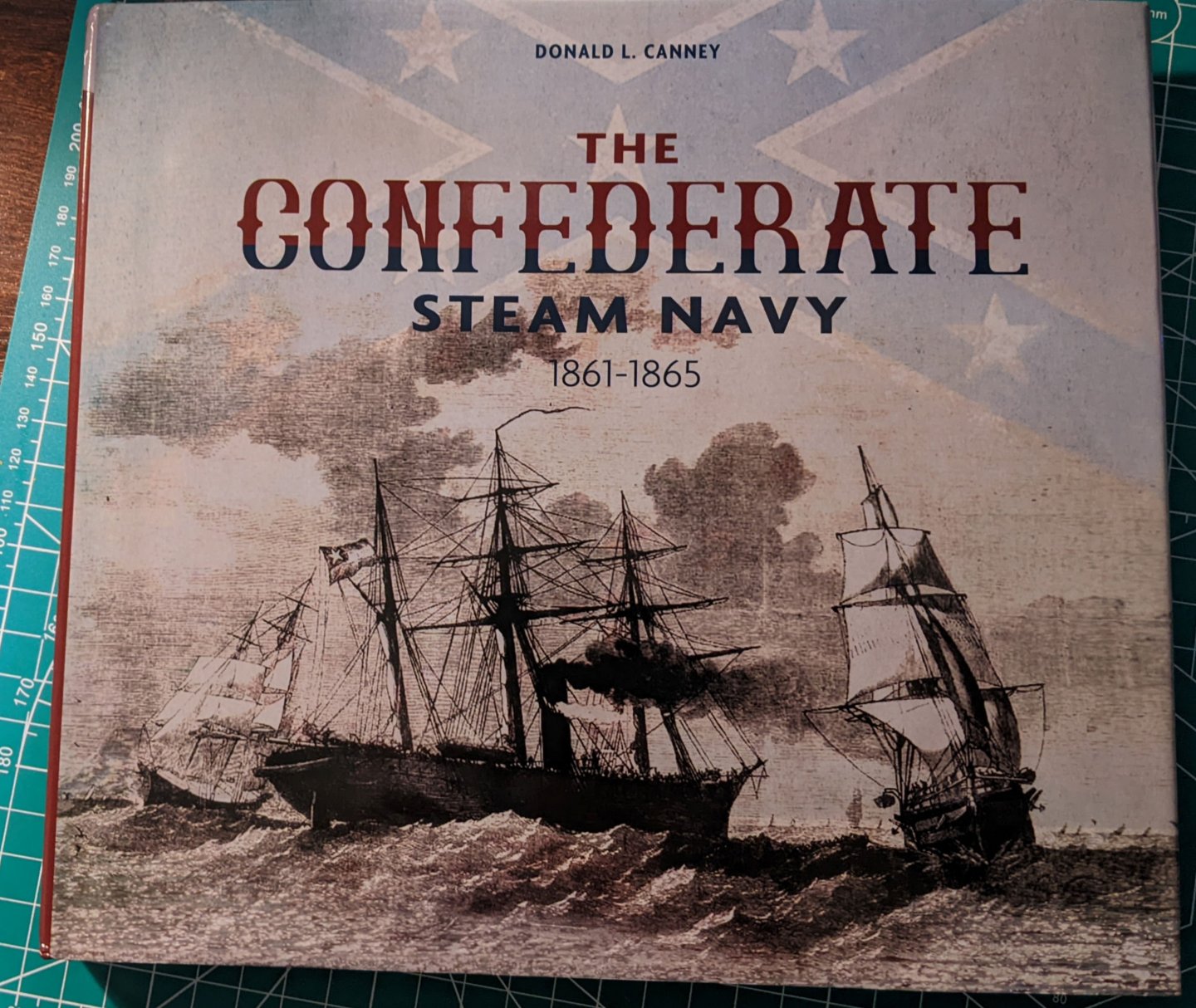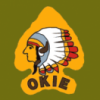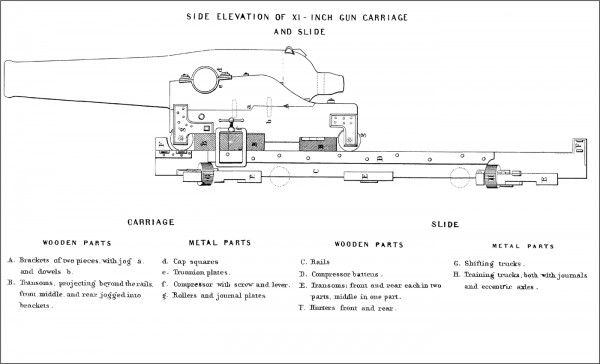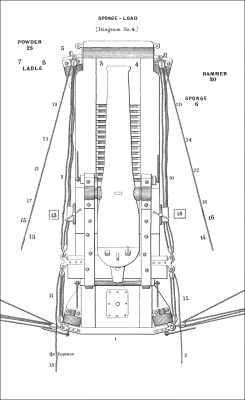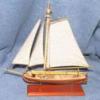Search the Community
Showing results for tags 'Civil war'.
-
Donald Canney specialized in the transition period of sail to steam power and wood to steel construction of the US Navy. He worked with the US Coast Guard as registrar for that service’s national artifact program from 1991 until his retirement in 2006. While the world’s navies of 1861 to 1865 were making this transition of sail to steam and wood to iron, the American Civil War provided the impetus to speed up that evolution on both sides of the conflict. The Confederate Steam Navy details the ships of the Confederate Navy from 1861 to 1965. The author focuses on ships with steam power and those converted to steam power. The text provides a lot of insight into all aspects of the transition covering technology, politics and logistics of building each boat. He also outlines the careers of each ship during the conflict. The first six chapters cover the ironclads from the early beginnings of the conflict. He devotes a chapter to each year of the war when discussing ironclad battleships. The author covers every ironclad ship involved in the Confederate Navy. I use the term ‘involved’ loosely as Canney includes ships that were under construction but never completed. Most of these were destroyed due to the eminent capture of the shipyards by Union forces. Some ships he discusses were under construction in Europe (particularly England) and were confiscated due to the political stances of England with regards to the war in America. He outlines the final disposition of these ships, too. For the ships discussed he explains the hull construction, the engines; and other aspects of ship propulsion; and the ships' armament. His descriptions tell about the material used for the hulls including dimensions along with the types of wood and iron employed. He provides details on the steam engines based on their classification of pressure, size of cylinders and stroke length. He details how the engines were installed and the propellers for the ships. He describes the deck arrangement and sizes of the various guns used on each ship. While covering these details, Canney points out issues of internal conflicts between the Confederate Army and Navy. He points out the Confederacy's lack of industrial base for supplying the necessary materials (plate iron specifically) to all who needed or wanted the material. (As a side bar, Canney includes a 2-page appendix titled “Notes on 19th century shipbuilding and steam engine technology.” I suggest readers start with this appendix as the author explains the terminology particular to how measurements were made during that time in history and terminology pertaining to steam engine technology. These notes explain the shift in terminology from one ship to another in his descriptions of these aspects.) After covering the ironclads, Canney devotes chapters to many other steam powered ships and boats including blockade runners, commerce raiders, gunboats, and floating batteries. Some of these chapters select a few which were representative of the literally hundreds of such boats brought into the Confederate Navy. Canney bases his observations and conclusions using source documents from those who served on board, were spies who collected information for the Union, after-action reports and descriptions of the ships after they captured. He points out discrepancies he found between the various information sources. While the book has many black and white drawings, photographs and paintings of ships and their components, for the modeler they may not be extremely useful. The illustrations are small and lose detail due to the reduction on the image to fit in the book. However, the author includes the source of the illustration so that a serious researcher has a starting point for further investigation. While the book is not for casual reading per se, I enjoyed reading the details on ship names I recognized from board games (Ironclads - Yaquinto Games; Shot and Shell”- 3W Games). Along with my gaming experience, the bibliography and and notes leads me to believe that Donald Canney provides a comprehensive listing of the steam powered vessels involved in the Confederate Navy. He provides good representatives for the non-battle ships of the times. The book provides details not normally found in other book on thehistory of the battles involving these historic ships. I'd recommend this book for serious students of ironclad and steam powered vessels from this period of nautical history. BOOK DETAILS Title: The Confederate Steam Navy 1861 -1865 Author: Donald L Canney Schiffer Publishing, Ltd. 2015 Hardback (9-1/8 wide X 8-3.8 tall); 192 pages (includes end notes, bibliography, and index) Twelve chapters each dedicated to different classes of steam powered ships of the Confederate Navy Black and white images: photos, drawings and paintings Cover price: $39.99 Available on Amazon and Barnes and Noble websites ISBN: 978-0-7643-4824-2
- 2 replies
-
- ironclad
- Confederate Navy
- (and 7 more)
-
Bill E. is a founding member of Model Shipwrights of Western NY and has been modeling since a very early age so his builds are many and his techniques over the years have evolved and embraced modern technology to a large extent. I would have to say he is our main technologist and through him we have been introduced to these modern techniques in a first hand manner. Bill's interest have almost exclusively been in the area of early America powered Navy and Civil War Era craft. He comes by the Civil War interest honestly, as his great grandfather was a captain in the RI First Calvary. Bill even wrote a book about him," Don't Tell Father I have Been Shot At" as he was a war hero and had kept many artifacts and writings about his service. There is a brief on the Amazon Book Store for those interested. Many of his models have been donated or loaned to various museums around the country and you may see one of his latest works , the USS Langley at the Smithsonian. His most recent endeavor has been the USS Agawam, a double ender gunboat of the Sassacus class built during the Civil War. A reference can be found at https://en.wikipedia.org/wiki/USS_Sassacus_(1862). This vessel is on loan to the Military History Society of Rochester NY and is the center piece of a recent expansion of the museum. What promotes Bill to the front of our group is his penchant for research, incorporation of modern technology, his vision of model end point and undying passion. Bill has been known to trot down to the National Archives, camp out nearby and bike in to research a subject. He employs computer design to fabricate laser cut intricate parts, he employs vacuum forming techniques for certain elements and he utilizes numerous finishing techniques that set his model apart. Herein is not exactly a build log but a build progression hopefully showing his methodology in building Agawam. Please follow along as entries are made over a short period of time. Bill is a modest guy so if there are questions of further inquires I will get answers as this thread unfolds. Joe
-
Ordnance Instructions for the United States Navy from 1866. This document from The Civil War Navy website contains some good images for gun rigging, especially the Dahlgren gun carriages, as well as terminology, MOPs, ship exercises, methods during wartime, etc. I printed it as a PDF (6.35 MB) and saved it to my growing list of modeling documents. I think it will be great info for modeling that period of U.S. naval history.
-
- Gun rigging
- Dahlgren
-
(and 1 more)
Tagged with:
-
View of the interior of the Confederate submersible H. L. Hunley, as she appeared on her final mission in February 1864 near Charleston, South Carolina. Modeled in Rhino, based on plans by Michael Crisafulli and illustration concept by Dan Dowdey.
- 7 replies
-
- Hunley
- H. L. Hunley
-
(and 5 more)
Tagged with:
-
I think a very interesting topic would be the history and construction of paddle steamers used during the Civil War here in the States. Who built them, sailed them, used them, and their purpose. The significance of this type of ship and their influence on the rapid development of the vessel, paddle wheels, and power plant construction during 1860-65. There are a lot of books out about Blockade Runners but none cover the construction in detail. Any one interested?
About us
Modelshipworld - Advancing Ship Modeling through Research
SSL Secured
Your security is important for us so this Website is SSL-Secured
NRG Mailing Address
Nautical Research Guild
237 South Lincoln Street
Westmont IL, 60559-1917
Model Ship World ® and the MSW logo are Registered Trademarks, and belong to the Nautical Research Guild (United States Patent and Trademark Office: No. 6,929,264 & No. 6,929,274, registered Dec. 20, 2022)
Helpful Links
About the NRG
If you enjoy building ship models that are historically accurate as well as beautiful, then The Nautical Research Guild (NRG) is just right for you.
The Guild is a non-profit educational organization whose mission is to “Advance Ship Modeling Through Research”. We provide support to our members in their efforts to raise the quality of their model ships.
The Nautical Research Guild has published our world-renowned quarterly magazine, The Nautical Research Journal, since 1955. The pages of the Journal are full of articles by accomplished ship modelers who show you how they create those exquisite details on their models, and by maritime historians who show you the correct details to build. The Journal is available in both print and digital editions. Go to the NRG web site (www.thenrg.org) to download a complimentary digital copy of the Journal. The NRG also publishes plan sets, books and compilations of back issues of the Journal and the former Ships in Scale and Model Ship Builder magazines.


